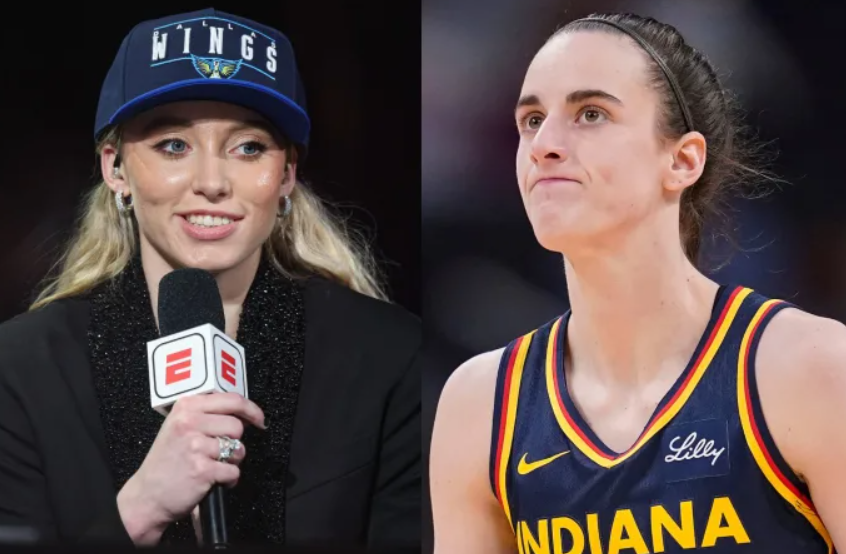During the highly anticipated WNBA debut of No. 1 pick Paige Bueckers, fans noted a striking contrast in how she and fellow rookie Caitlin Clark were defended and discussed by broadcasters. Social media users pointed out that Bueckers faced notably less physical pressure and fewer media critiques compared to Clark’s introduction to the league .
In Clark’s rookie season, opposing teams aggressively targeted her with hard screens, high-intensity defense, and amplified scrutiny from commentary teams. One collision even resulted in Clark suffering a ruptured eardrum—an incident that sparked nationwide discussion about the WNBA’s physical welcome for new players . Conversely, Bueckers enjoyed relatively open looks during her first games, leading many fans to question whether she was given a softer entry into professional play .
Prominent tweets captured this sentiment: “They won’t guard Paige like CC—leaving her wide open is wild,” wrote one observer. Others expressed frustration, arguing that a rookie’s path traditionally involves enduring full-contact defenses—a rite of passage Clark had to navigate but which seemed muted for Bueckers .
Analysts propose several explanations. Clark’s exceptional collegiate scoring record and intense media profile made her a primary focus for league competitors. Bueckers, while celebrated at UConn, may have flown under the radar defensively, compounded by her off-court reputation as a thoughtful advocate rather than a pure scoring threat. Marketing considerations aimed at nurturing her confidence could also have influenced both defensive schemes and broadcast narratives .
As the season progresses, observers will watch to see if Bueckers begins to face the same rigorous defense and commentary intensity that Clark experienced. This developing storyline could reveal whether the league is adopting a new approach to integrating marquee rookies or if Bueckers’ initial treatment was simply an anomaly .



Leave a Comment